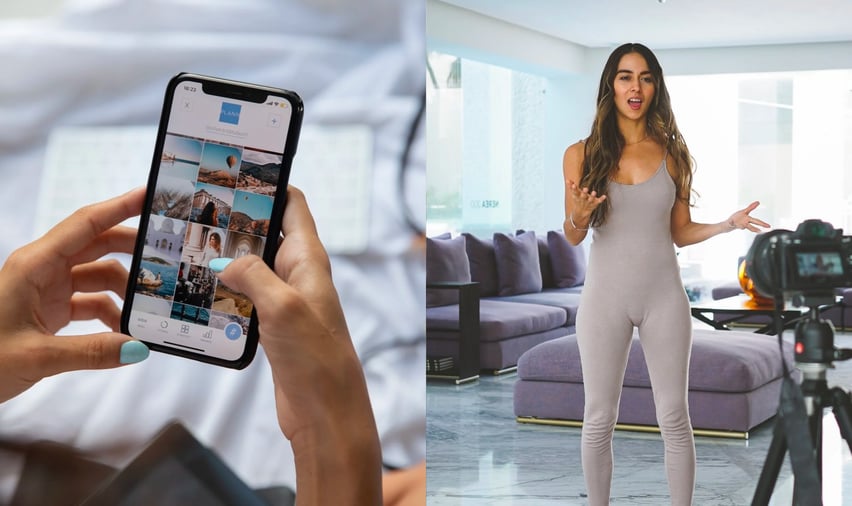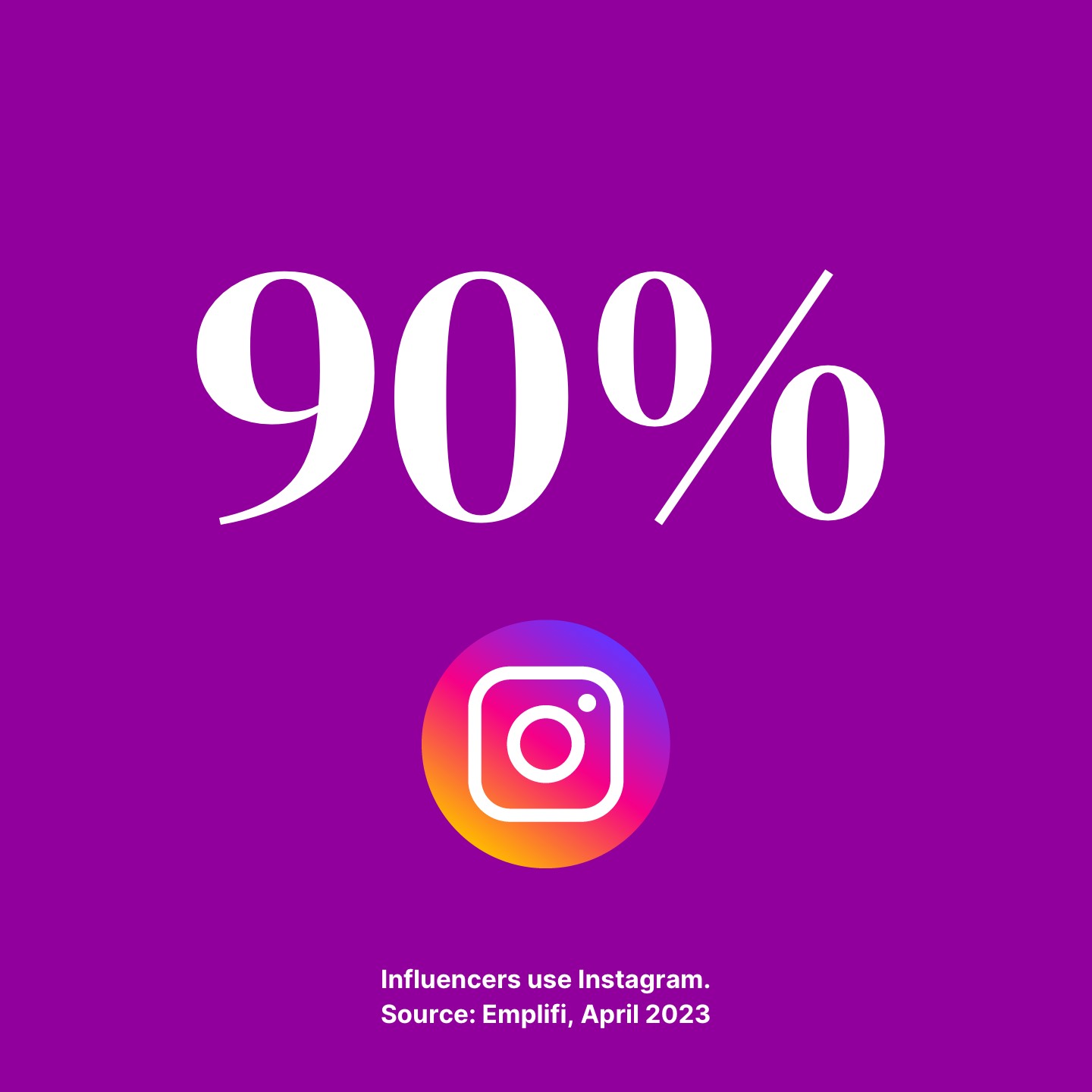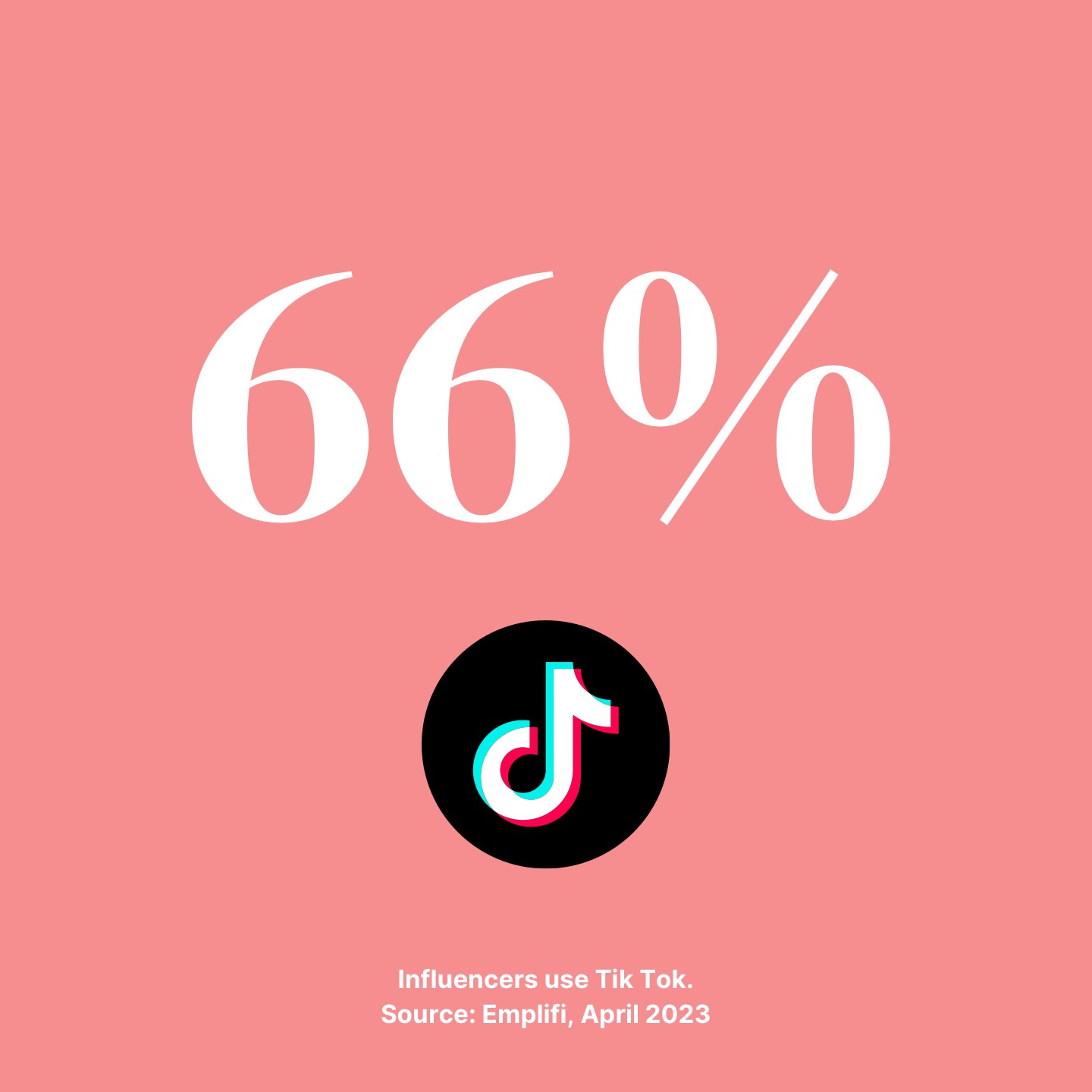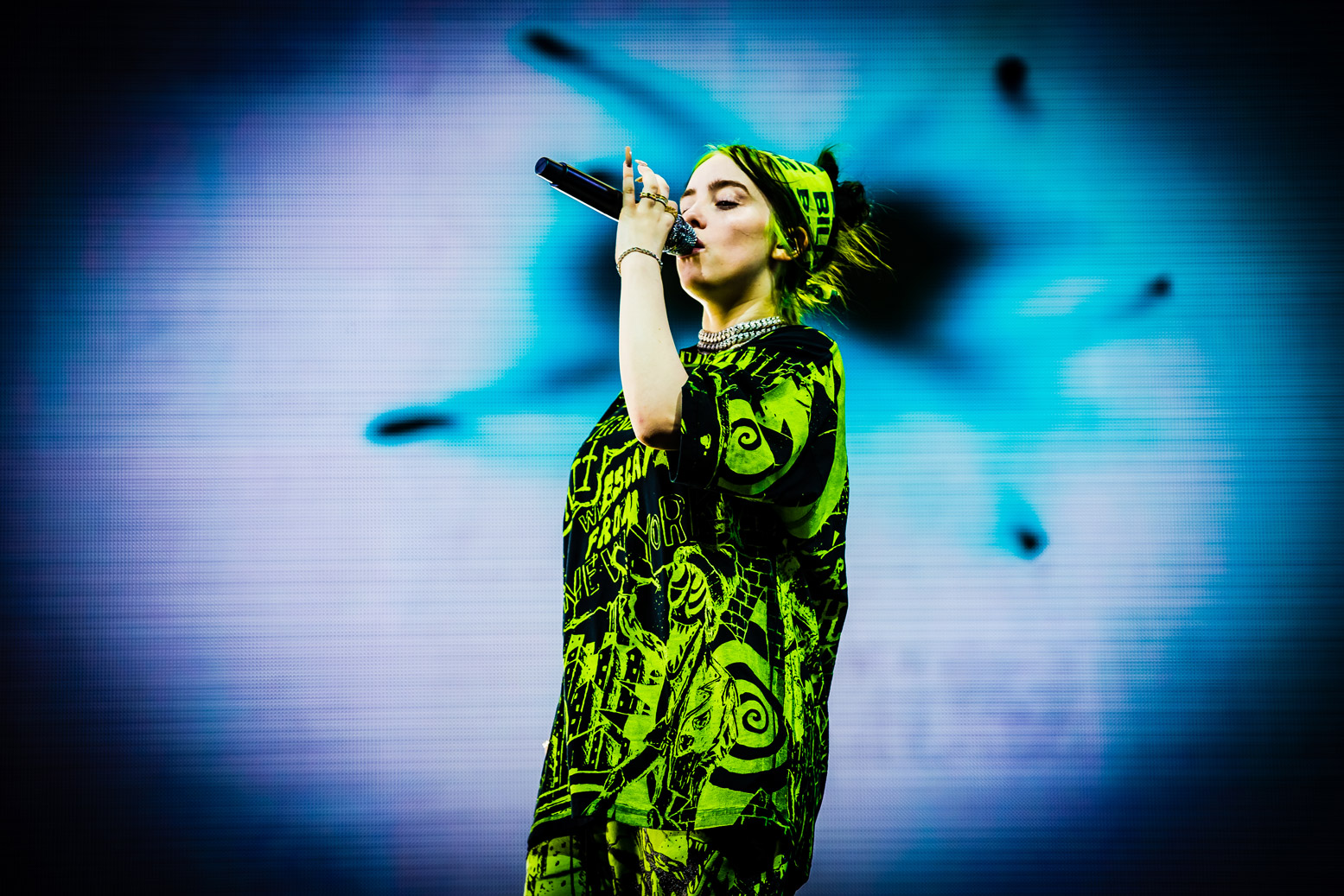Healthcare brands underuse influencers
While beauty brands have long understood the power of influencers, the healthcare category could do more to exploit influencer marketing.
According to a recent report by Emplifi, a customer engagement platform, healthcare brands (including those specialising in medical products such as eyewear, medtech, and medication) can potentially expand their reach by 18 times by partnering with influencers.
The 2023 State of Influencer Marketing Report* indicates that influencer collaborations can significantly enhance the impact of healthcare brand campaigns. Influencers, on average, achieve roughly five times more audience engagement (likes, comments, shares, etc.) on their posts compared to healthcare brands, thus making them a powerful tool for increasing brand exposure.
While beauty brands have long understood the power of influencers, other categories could do more to exploit influencers for healthcare marketing.
Findings of the report
- 90% of influencers are active on Instagram and 66% on TikTok, but only 4% of the influencers look to Twitter or Pinterest as a platform for potential brand partnerships
- 7% of influencer content is sponsored, peaking in the months leading up to the winter holidays
- The larger the influencer, the less frequently they share sponsored content on Instagram. On average XS influencers (10,000 followers or less) post 67% more sponsored content than XL influencers (1 million followers or more) and L influencers (100,000 - 1 million followers) on Instagram
- XL and L influencers lean heavily into short-form video content on Instagram, sharing 27% more video content on average than S and XS influencers.

According to Zarnaz Arlia, CMO at Emplifi, “Influencer marketing gives brands a cost-effective path to reach and engage new audiences. And with the explosion of TikTok’s popularity, there are still untapped opportunities to connect with all-new customer segments on a platform that is delivering measurable ROI for influencer marketing campaigns”.
“With the explosion of TikTok’s popularity, there are still untapped opportunities to connect with all-new customer segments on a platform that is delivering measurable ROI for influencer marketing campaigns.”
Zarnaz Arlia, CMO at Emplifi
In 2022, influencer content became consumers’ preferred online channel for advertising according to Kantar’s Media Reactions study**. It’s the top online ad format for consumers in large markets such as China, France, Brazil, India, the US and the UK and it’s surpassed podcasts as the most preferred online channel because consumers found influencers to be more trustworthy, and more relevant and useful than in 2021.
Does influencer marketing really deliver for brands?
Influencer content stands out as above average in all these attributes compared to other media channels, including offline channels.
In June 2022 at Cannes Lions, Kantar, a data, insights and consulting company, launched new digital ad testing capabilities, which allows creative effectiveness testing in any digital environment, including influencer content. It measures brand impact and creative performance as well as delivering behavioural insights for influencer content.
According to WARC, their recent analysis of 30 different influencer campaigns in beauty, fintech, sports and retail revealed that influencer content is particularly effective in functional aspects. Compared to market averages in our database of almost 9,000 global ads, influencer creative executions are in the top third for delivering new information and being credible. Many consumers also find the content relevant to them. This is strong performance, but what how else can brands benefit?





